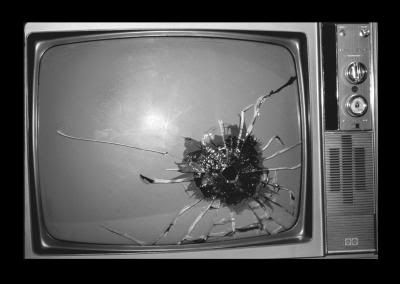|
| HOMEWORK |
| Monday, March 28, 2005 |
| In a letter to the Greenville News, posted Sunday, reader Dan Moravec of Simpsonville wrote, "The governor says market forces will spur competition and cause public schools to improve. Would those be the same market forces that affect our cable bills and gas prices?"
Mr. Moravec has apparently not done his homework. I'm happy to do it for him, and for other readers who might have been wrongly influenced by the faulty premise lodged in his question.
The latest available date from the National Center for Education Statistics, U.S. Department of Education, shows the total expenditure per pupil in average daily attendance in 1970 was $955. In 2002 it was exactly 10 times that amount, $9,553 - a 900% increase in 32 years.
According to the Bureau of Labor Statistics, which keeps track of consumer price information for the government, the price of gasoline during the same period increased by 315%. Granted, the price of gas has jumped rather sharply as of late, but it would have had to triple since 2002 to catch up with the historic increase in the cost of elementary and secondary education.
The same comparison is not available for cable TV rates because the BLS date on Cable TV goes back only to 1984, but since then, cable TV prices have increased by 183%.
Consumer prices (all items) have increased by 363% percent since 1970, while the cost of educating a child in public schools has jumped 900%. Here is a more complete comparison of price increases between 1970 and 2002:
· Public Education 900%
· Medical care 740%
· Airline fares 716%
· Housing 395%
· Energy (for homes) 393%
· Food (away from home) 375%
· Food & Beverages 340%
· Gasoline 315%
· Household furnishings 174%
· New vehicles 163%
· Clothing 109%
Yes, Mr. Moravec, those are the same market forces that affect our cable and gas prices. Most people would also agree that the quality of nearly all consumer goods has increased over the years. It's debatable whether the same can be said for education.
It's also true that most price increase have been well below the historical increase in per capita income in the U.S. The cost of public education is one of the few exceptions. From 1970 to 2002, income increased 632% while consumer prices increased 363%. The average consumer has nearly twice the buying power that he had in 1970, but the cost of public education has persistently outpaced wages.
Yes, Mr. Moravec, reasonable and informed people do in fact want to apply the same market forces to education that have increased the quality and affordability of other goods and services over time.
Ralph Bristol
|
posted by Jack Mercer @ 3/28/2005 06:37:00 AM   |
|
|
|
|
| About Me |
|

Name: Jack Mercer
Home:
About Me:
See my complete profile
"Snipet" (pronounced: snipe - it) is not a word.It is a derivative of two words: "Snipe" and "Snippet".
Miriam Webster defines Snipe as: to aim a carping or snide attack, or: to shoot at exposed individuals (as of an enemy's forces) from a usually concealed point of vantage.
Miriam Webster defines Snippet as: : a small part, piece, or thing; especially : a brief quotable passage.
In short, "Snipets" are brief, snide shots at exposed situations from a concealed vantage point.
WARNING! With due reverence to the Bill of Rights and the First Amendment there is NO comment policy on the News Snipet.
|
| Other things |
| Archives |
|
| Politics |
|
| Template by |



|
|


